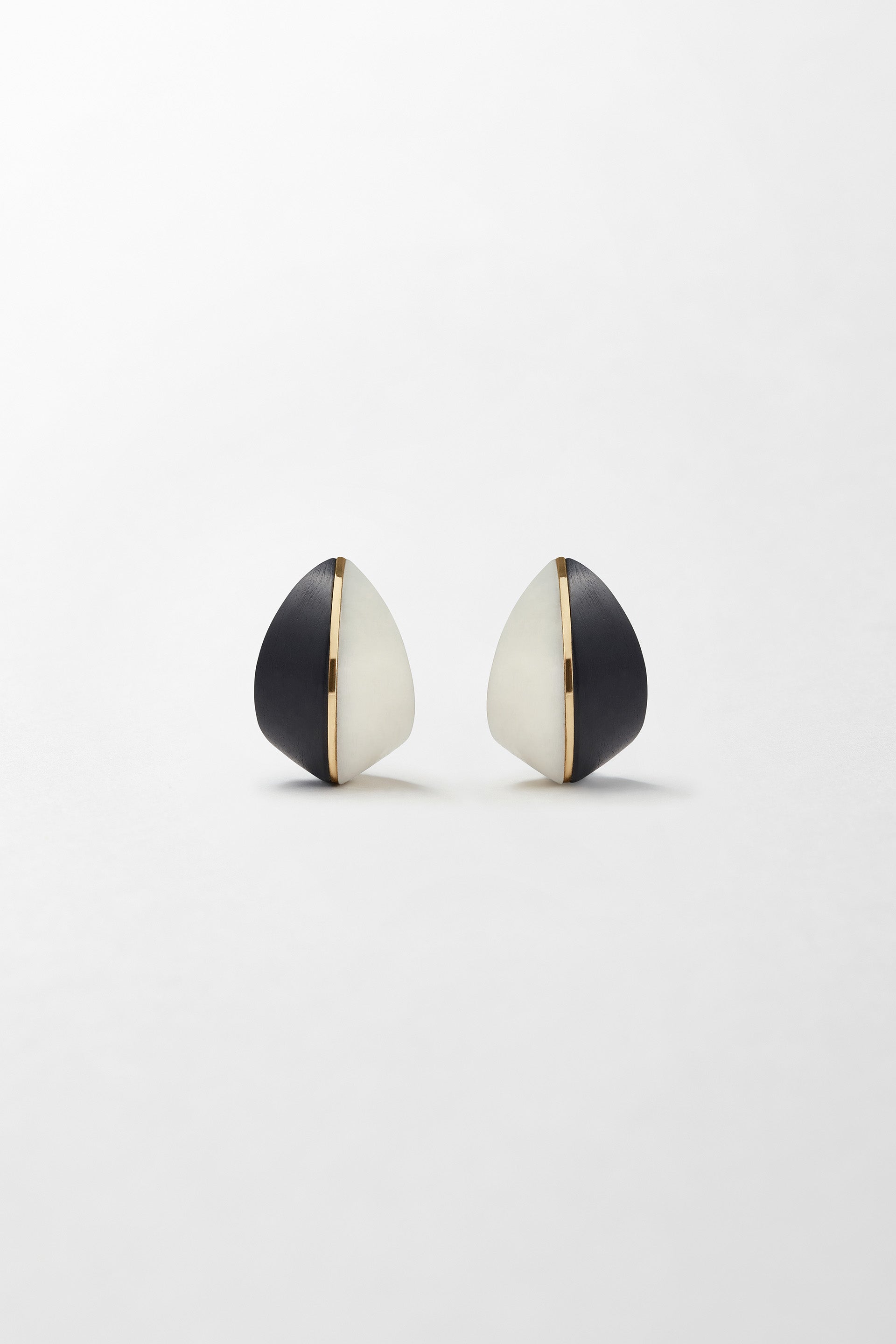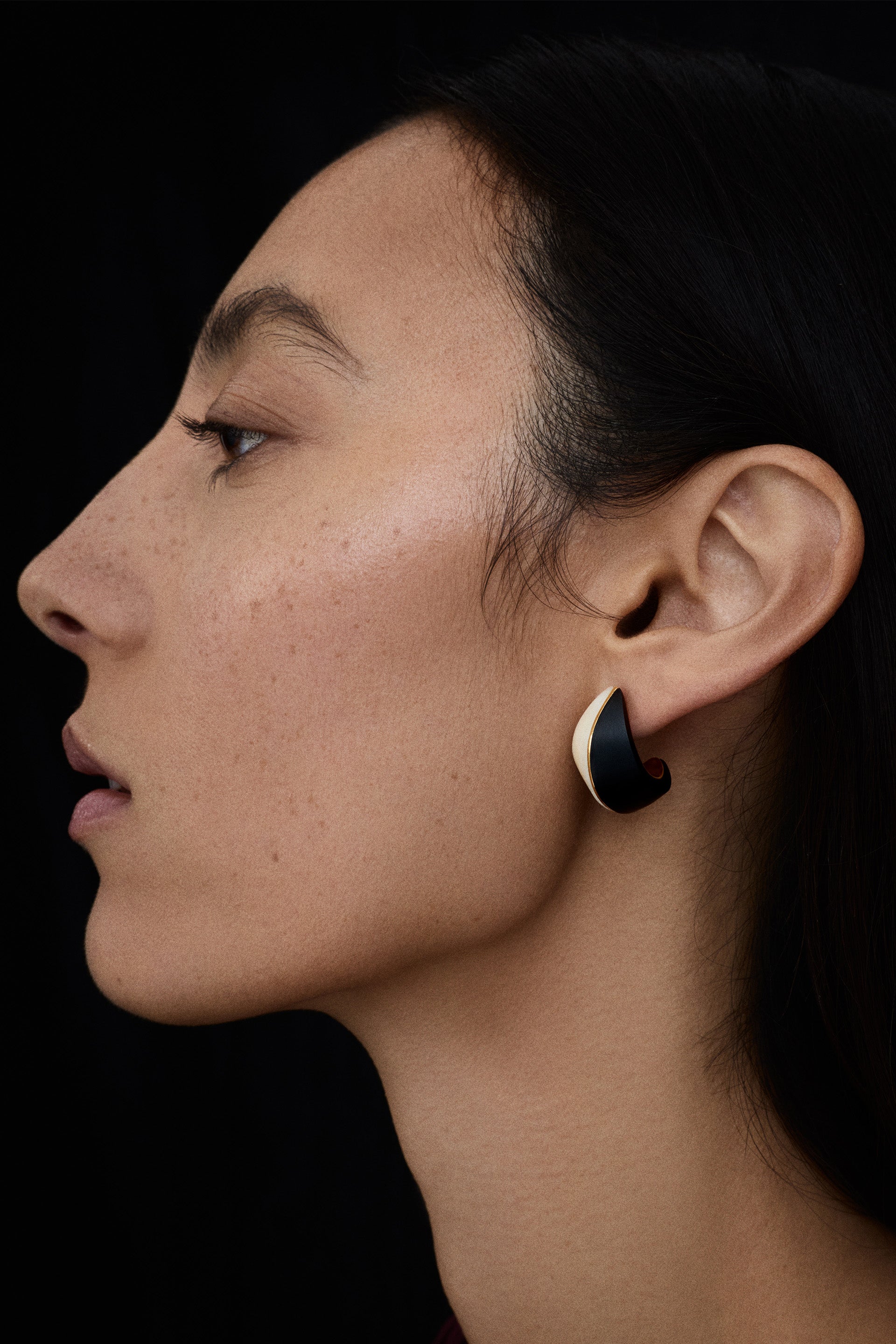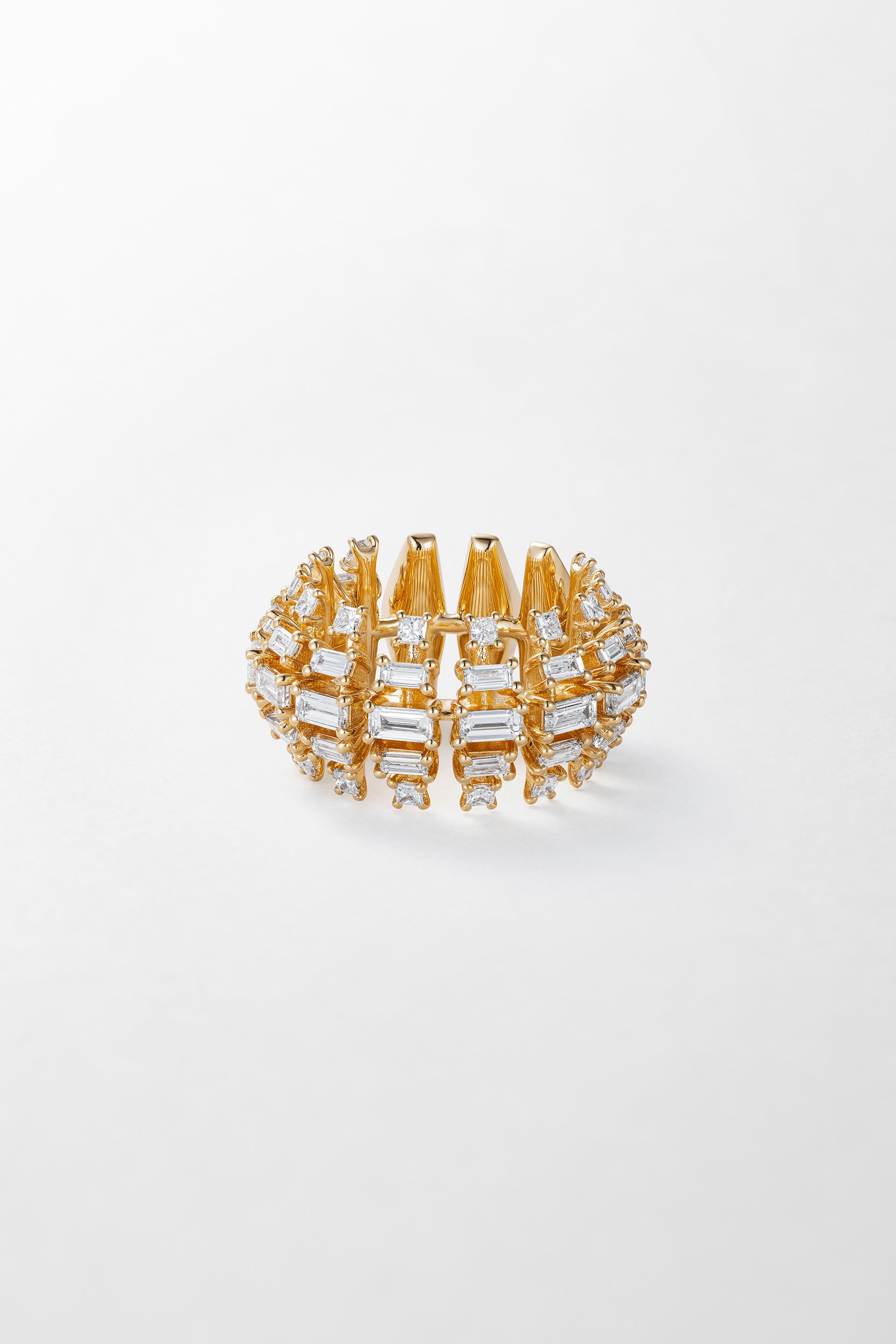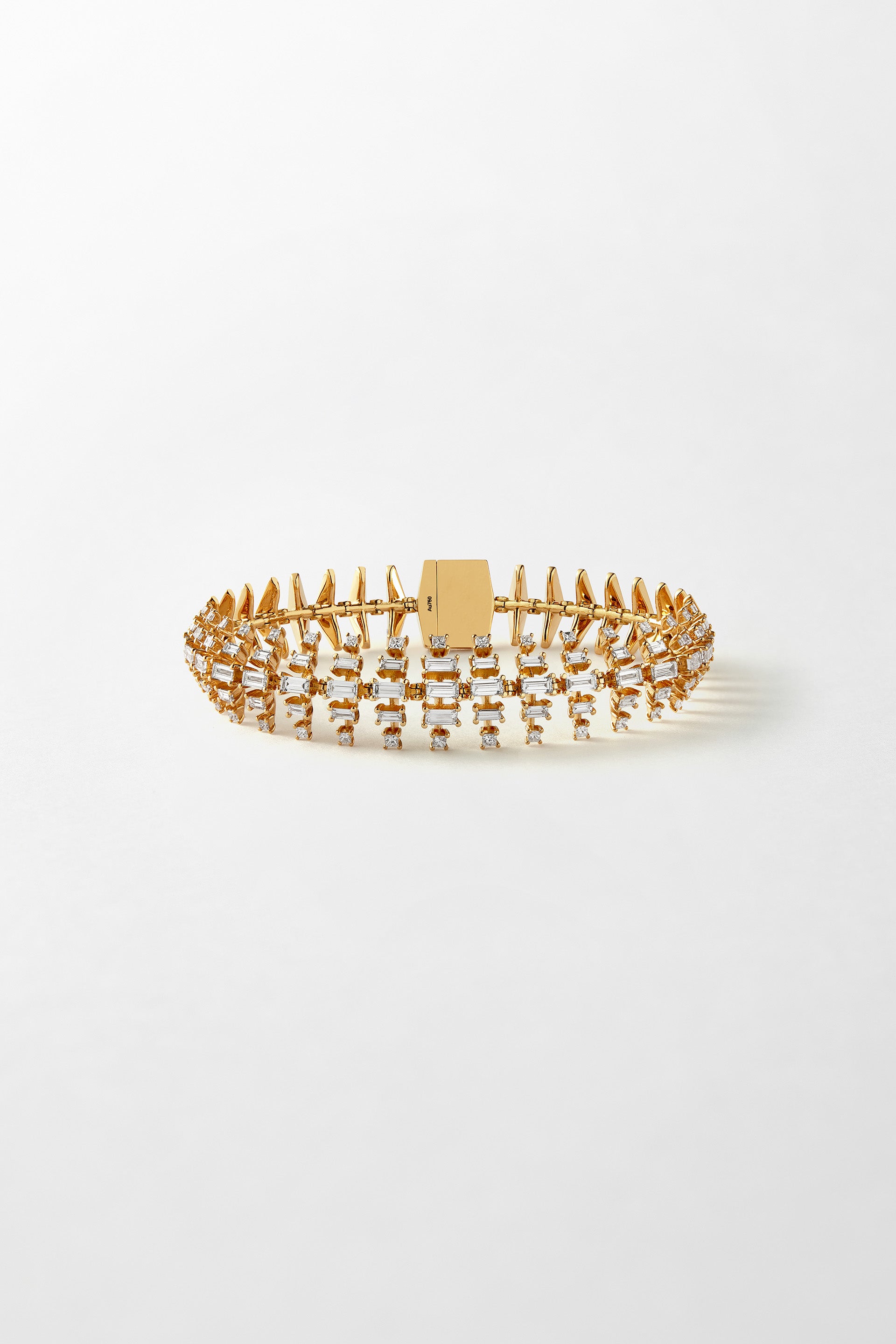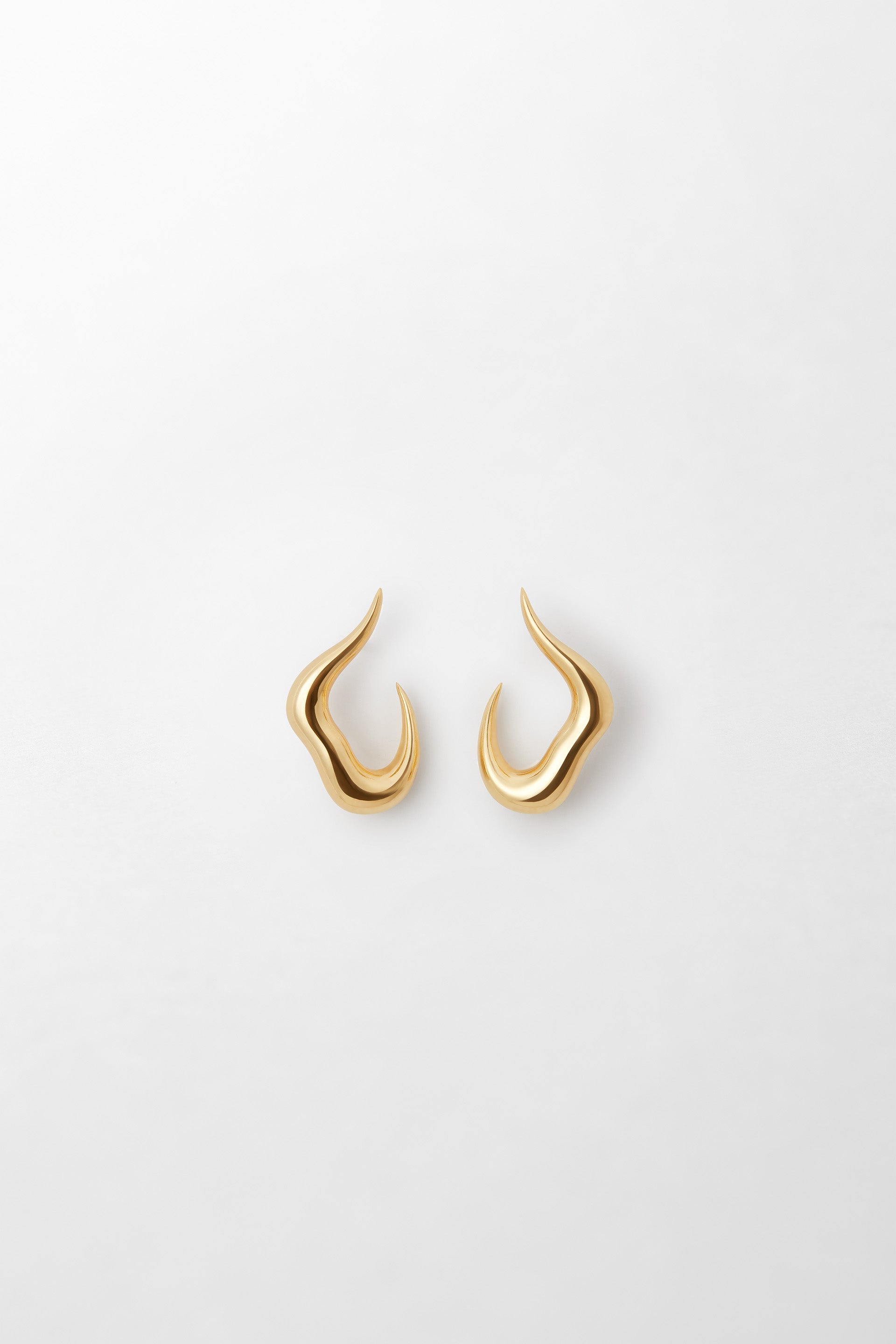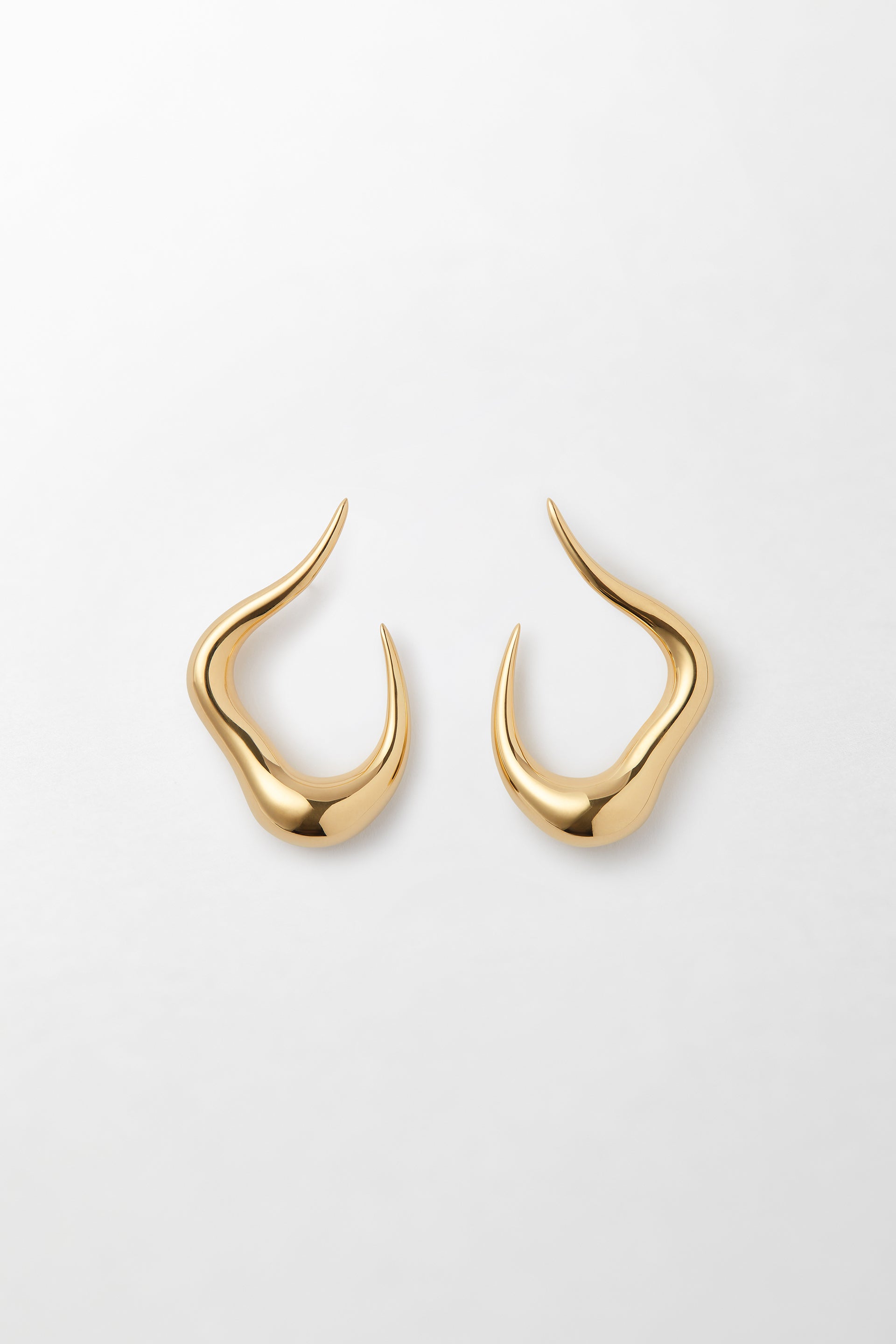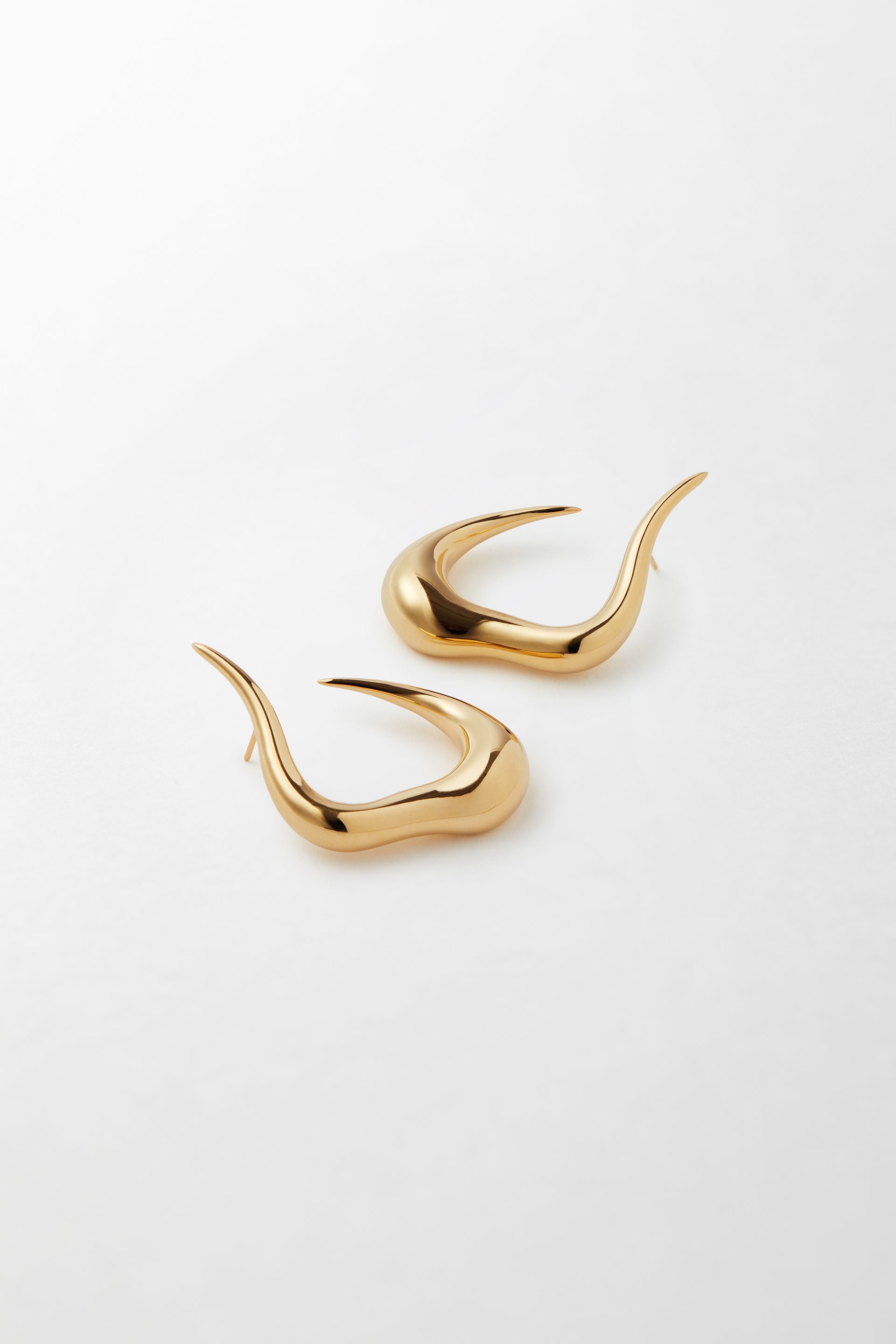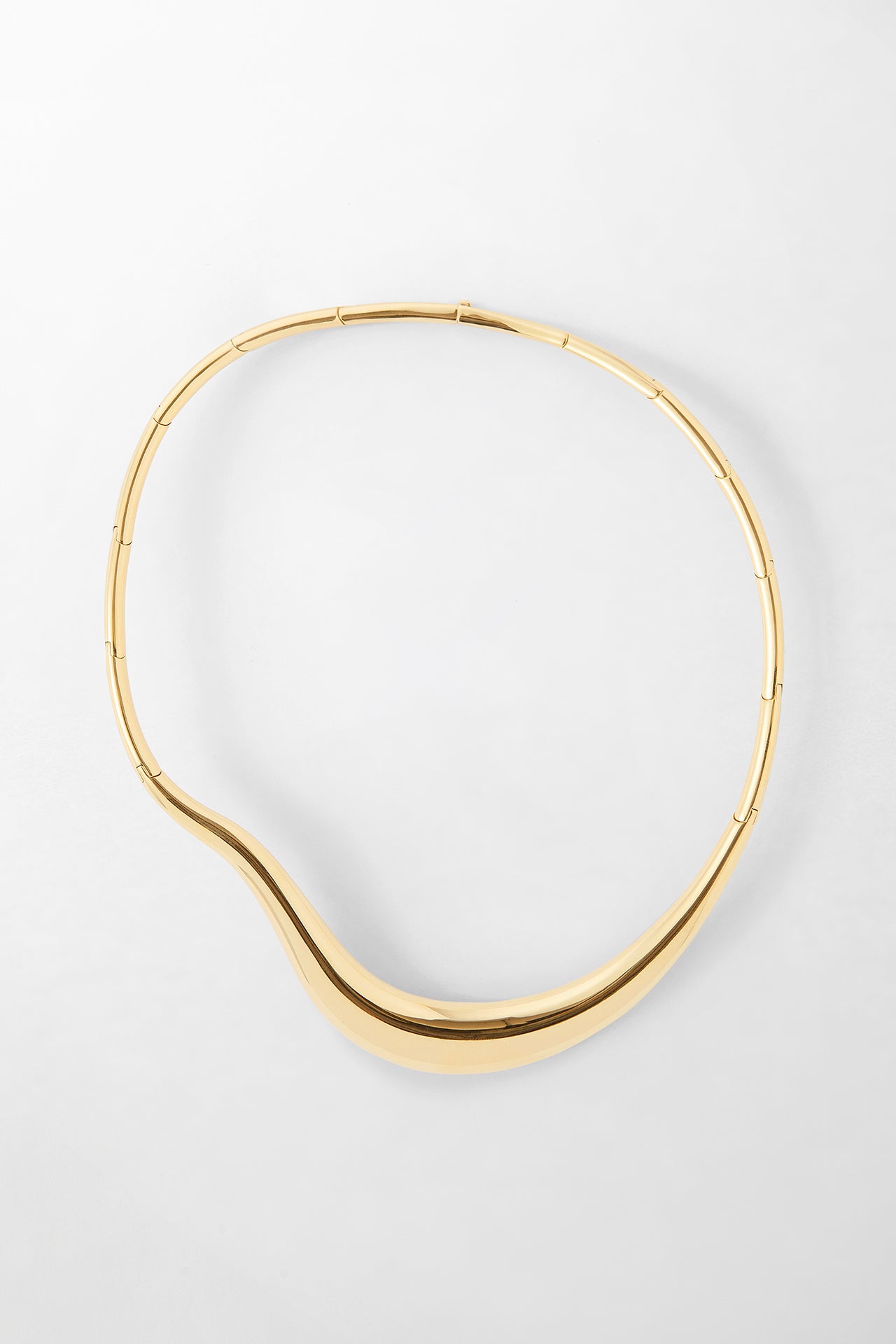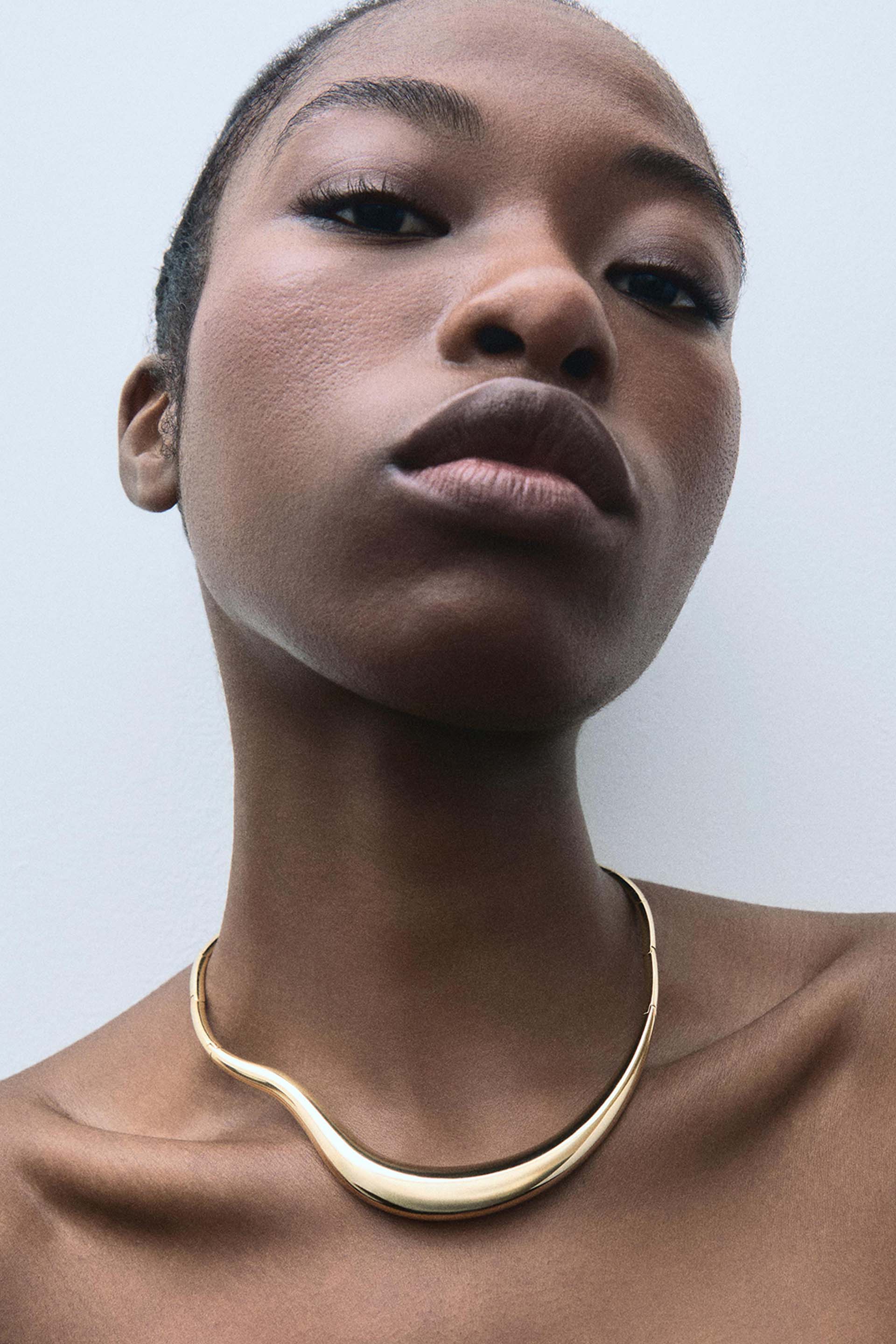Juliana Vasconcellos – Owning the Moment
Juliana Vasconcellos moves effortlessly between architecture, interiors, and furniture design—but her gifts extend far beyond the studio. A mother, model and singer, she embodies a rare blend of taste, style, and creative curiosity.
Fernando and Juliana met over three years ago, initially through their mutual appreciation for each other’s work. They participated in exhibitions together where Juliana presented her Juta bench and stools, pieces that perfectly combine rustic and delicate jute fibre with strong and elegant structures made of solid Freijó wood. These pieces, loved by Fernando, were included in our New York showroom designed by Studio Mellone.
Most recently, Juliana joined our group of close collaborators, working with Fernando to create the PAD and Salon Art + Design booths. This time around, the spaces were conceived by Juliana, including cases by Studio Mellone and Tino Seubert.
Like Fernando, Juliana draws inspiration from her Brazilian roots, infusing her work with warmth, texture and poetry.
In an intimate tour of her creative world, Juliana shared her favourite moments of the day, her enduring love of jewellery, and her personal philosophy: blending the accessible with the extraordinary.
What’s your favourite moment of the day or week?
I like mornings even though I’m not at my fastest then. It’s when I can do things calmly—my personal rituals, my meditations, my coffee—without rush. I avoid stimulating my mind too much early on and let the rhythm unfold naturally. It’s a moment of quiet presence before the day gains speed. My energy usually peaks in the afternoon and early evening when my creative flow feels stronger.
How has Brazil influenced your interior and furniture designs?
That influence is something inherent, almost inevitable. I’m from Minas Gerais, a region rich in materials, craft and baroque architecture, and that became the foundation of my perspective. This heritage gave me a deep grounding and helped shape the character of my work, this blend of texture, contrast and poetry. Brazil is also a solar country, and I think that light and energy translate into a certain vitality and colour that run through my creative process.
Your philosophy is about blending the accessible with the extraordinary. Can you explain more about this?
Not everything needs to be comfortable or familiar. Sometimes a piece moves you
through imbalance, texture, proportion or the strength of its form, and that too is beauty. I believe the extraordinary can arise from the simplest things when there is intention, composition and a story behind them.
An accessible material can become unique through the way it’s crafted, combined or felt. I’m always searching for that tension between the natural and the unexpected, between what comforts and what provokes. That’s where design gains soul and becomes truly extraordinary.
Does functionality play a role in your designs?
Yes, but I interpret functionality in a broader sense. For me it’s not only about use, it’s also about proportion, comfort and feeling. A piece can have sculptural presence and still relate to the body and the space in an organic way. I like to think that function and emotion should coexist. When that happens the object becomes more than functional, it creates an experience.
What have you been working on recently?
We recently launched a new series of resin-coated cardboard pieces that explore the duality between appearance and essence, they look fragile but are structurally solid. This ambiguity interests me because it speaks about contrast and transformation. We are also developing new bronze pieces and a new work with wood which revisits the world of nautical ropes in a more sculptural and contemporary way. At the same time I remain involved in ongoing residential and commercial projects that translate different contexts and scales but share the same pursuit of balance, authenticity and beauty.
You recently designed Fernando Jorge’s booth for PAD London. What do you feel the connection is between the world of interior design, furniture and fine jewellery?
I see a very natural connection between these worlds. In both jewellery and design the gesture is the same, transforming matter into emotion. Both work with scale, proportion, light and texture to create something that evokes a feeling. There is also a shared pursuit of timelessness, of a beauty that comes from the harmony between form, material and meaning. In Fernando’s case this affinity is even more evident. Beyond the sensuality and fluidity, the materiality of his work resonates with mine. Many of his collections are inspired by nature, architecture or geometry, which creates a very organic dialogue between our creative worlds.
Do you have any personal stories connected with jewellery?
I have always seen jewellery as something that carries a very particular strength, the ability to cross time and to be passed down from generation to generation. For that reason it goes far beyond fashion or style. I have a few pieces that belonged to my grandmother which have a religious meaning and I wear them almost as talismans. Beyond the emotional value the preciousness of the materials brings an almost ethereal and spiritual quality, as if jewellery could hold memory, emotion and permanence in a single form.
What do you love about wearing jewellery, and how do you like to express yourself through it?
I see jewellery as an extension of personality. I choose pieces according to my mood, sometimes something delicate, other times something more striking. They have the power to transform the everyday into something special, even without grand gestures. What attracts me most is the sense of permanence; jewellery transcends time but also carries the energy of the person who wears it.











